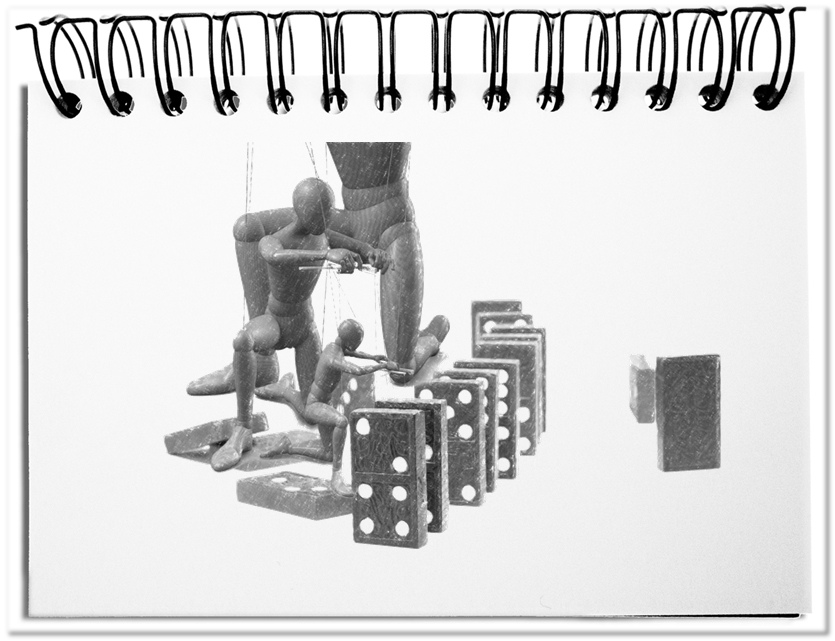Business procedures, such as the development of new services, the procurement of material, the production of goods or the distribution of commodities, are improved through the active Business Process Management (BPM). For this purpose, the procedures are described and weaknesses are visualized in order to optimize the sequence of activities so that only the right thing is done right, e.g.
- better involved customers,
- more reliable delivery,
- accelerated turnaround time,
- automated tasks
- minimized time and costs,
- increased quality,
- and so on.
The desired effects can not be accomplished, if existing approaches and demands get in the way of real progress. This leads to losses of friction that do not disappear with the designing of processes.
Often these hurdles are homemade. A good example of impeding attitudes is the way of dealing with tasks, authority and responsibility.
- Tasks without authority and responsibility
The actual work is performed as a task. Usually something is created, processed, finished or executed – e.g. building a prototype, polishing a surface, assembling a device, washing a car. In order to be able to perform the task, the performers need appropriate knowledge and skills.
However, if they lack the appropriate authority and responsibility for the results, then the fulfillment will be poor. - Authority without tasks and responsibility
The authority describes the rights that somebody has. This includes the permissions to perform or direct something – e.g. to use a certain machine for manufacturing or to give instructions to the employees. The corresponding permissions must be known by all involved people.
If someone has sufficient authorities, but no task or responsibility, the competence loses its effect. - Responsibility without task and authority
Responsibility describes the commitments that you make. This can be direct responsibility or shared responsibility – direct responsibility refers to one’s own actions and the activities of directly assigned employees; the shared responsibility arises, if one has indirect influence on occurrences as part of a team (in the sense of cling together, swing together).
Individuals like to adorn themselves with the glow of responsibility – especially, if it does not result in any consequences, because there are no tasks associated or special permissions required.
In simple words: Tasks, authority and responsibility should ALWAYS be in one hand for the sake of adequate results. It makes no sense to assign someone to a task without the necessary authorities for the fulfillment and without the responsibility for the result. Good examples are the Japanese line workers, who perform subtasks in making a car. They have the right and duty to immediately stop the line, if they find a mistake. This allows the earliest possible correction of the flaw. That way they avoid the accumulation of unnecessary rework. At the same time, costly decision-making processes are avoided, which would burden the process.
Bottom line: The design of processes often begins with the application of IT, in the hope that this can improve the process. However, often old rules and roles are retained. As a result, for example, task, authority and responsibility remain in different hands. Even, if it is faster and you only have to click once to fulfill your responsibilities or to allow the performers to do their job. The largest effect is achieved by transferring the task, authority and responsibility to the people, who fulfill the task. They know what to do, can decide how to do it, and strive for the required quality of the result. That way, the losses of friction in a process are minimized.


